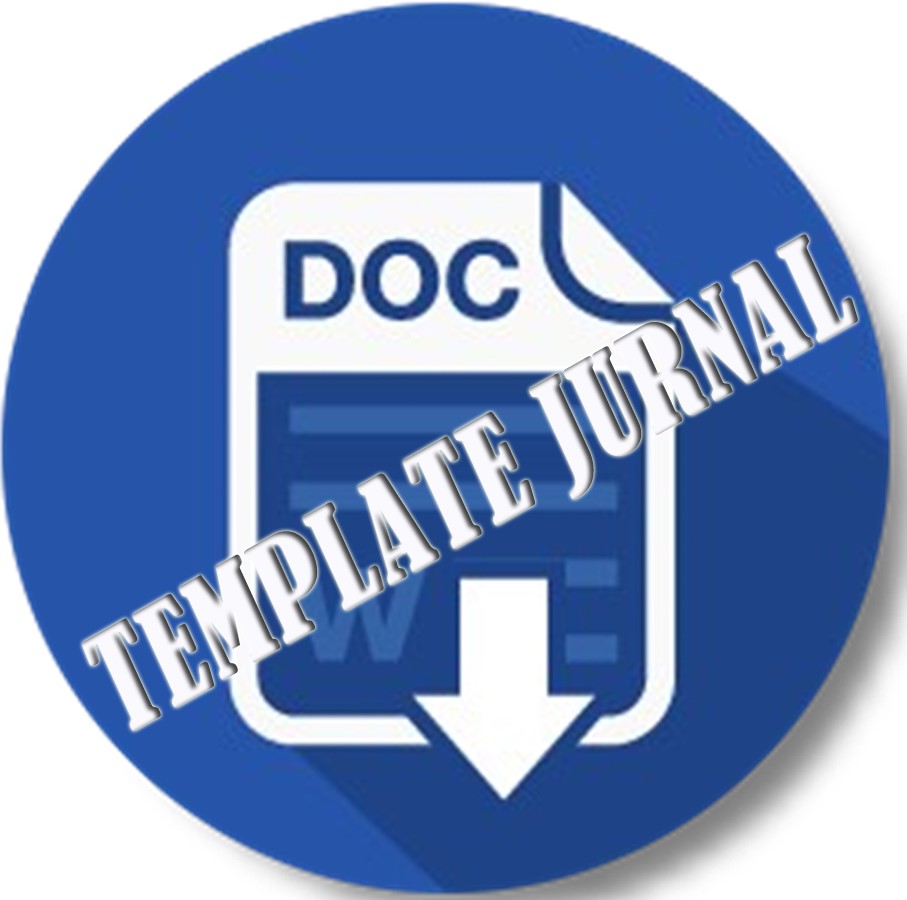PRESERVATION OF THE BAITURRAHMAN MOSQUE CULTURAL HERITAGE BUILDING IN SEMARANG
Keywords:
Architecture, Cultural Heritage, Mosques, Preservation, SemarangAbstract
According to the Law of the Republic of Indonesia Number 11 of 2010 concerning Cultural Heritage, there are several categories of Cultural Heritage, namely Cultural Heritage Objects, Heritage Buildings, Cultural Heritage Structures, Cultural Heritage Sites, and Cultural Heritage Areas. Indonesian architecture grew and formed from the cultural roots of indigenous peoples, who became the local civilization's identity, tradition, and heritage. Over time, various external influences have contributed to architecture development in the archipelago. One interesting cultural heritage to study is the Baiturrahman Mosque in Semarang City, Central Java. This mosque has architectural value and historical, social, and cultural values that are important to the community. As a Cultural Heritage Building, the Baiturrahman Mosque blends traditional architectural elements and strong Islamic influences. This research explores the mosque's preservation efforts amidst the challenges of urban modernization and changes in spatial functions. The method used is descriptive qualitative with a literature study approach and field observation. The study results show that the preservation of the Baiturrahman Mosque is important not only from the physical side of the building but also from the aspect of the meaning of space and its social function for the surrounding community. Therefore, a collaborative effort between the government, the community, and other stakeholders is needed to maintain the sustainability of this Cultural Heritage as an important part of Semarang's identity.
References
[1] V. Y. Rabbani, “Masjid Raya Baiturrahman Semarang Jawa Tengah,” J. Poster Pirata Syandana, vol. 6, no. 2, Mei 2025. [Online]. Available: https://ejournal2.undip.ac.id/index.php/jpps/article/view/27175
[2] A. Supriyadi, “Mosque-based zakat, infak and alms management to improve mustahik economy,” An-Nisbah J. Ekon. Syariah, vol. 10, no. 1, pp. 1–16, 2023, doi: 10.21274/an.v10i1.7171.
[3] M. L. I. Nafiah, S. Sopingi, and K. M. Raharjo, “Kebutuhan belajar orang dewasa dalam meningkatkan ilmu keagamaan pada kegiatan pengajian ahad pagi,” J. Pembelajaran, Bimbingan, Dan Pengelolaan Pendidik., vol. 3, no. 5, pp. 432–442, 2023, doi: 10.17977/um065v3i52023p432-442.
[4] jatengprov.go.id, “Dipercantik, Gerbang Masjid Raya Baiturrahman Lebih Terbuka Sesuai Arahan Gubernur,” Pemrov. Jawa Tengah, 2021.
[5] Republk Indonesia, “Undang-undang (UU) Nomor 11 Tahun 2010 tentang Cagar Budaya.” Jakarta, 2010. [Online]. Available: https://peraturan.bpk.go.id/Details/38552/uu-no-11-tahun-2010
[6] W. W. K. Rangkuti and H. D. Hartono, “Upaya Pelestarian Bangunan Cagar Budaya pada Kawasan Observatorium Bosscha, Lembang, Jawa Barat,” J. RISA Ris. Arsit., vol. 4, no. 1, pp. 1–14, 2020, doi: https://doi.org/10.26593/risa.v4i1.3683.1-14.
[7] International Council of Monuments and Sites, “The Burra Charter,” 1999, [Online]. Available: https://www.academia.edu/4668008/
[8] Maps.google.com, “Masjid Baiturrahman, Semarang,” 2023. https://www.google.com/maps/place/Masjid+Raya+Baiturrahman+Semarang/@-6.9896174,110.4198629,16z/data=!4m6!3m5!1s0x2e708b59181710a3:0xdc66b2eca7942f6a!8m2!3d-6.9889625!4d110.4220194!16s%2Fg%2F1hb_fx1ff?entry=ttu&g_ep=EgoyMDI1MDQzMC4xIKXMDSoASAFQAw%3D%3D (accessed Apr. 20, 2023).
[9] YPKPI, “[5] Sejarah Masjid Baiturrahman,” YPKPI Masjid Raya Baiturrahman, 2021.
[10] Anasmk, “Masjid Raya Baiturrahman Jawa Tengah,” Tribun Jateng, Semarang, Jan. 17, 2020. [Online]. Available: https://tribunjatengwiki.tribunnews.com/2020/01/17/mengenal-masjid-raya-baiturrahman-jawa-tengah?page=all









